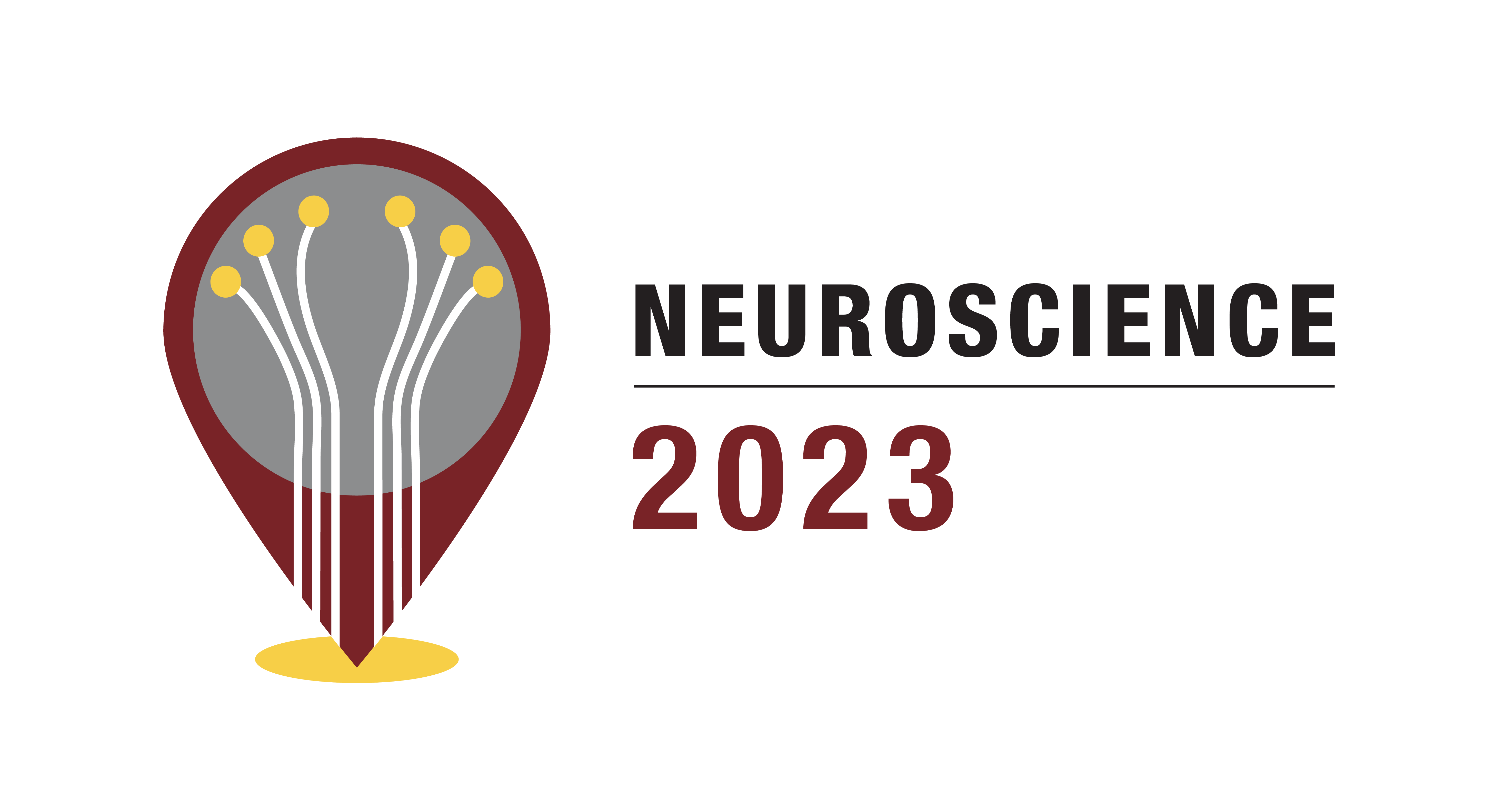What is MEA? - Multielectrode Array Assay
What is multi-electrode array?
A multi-electrode array is a grid of tightly spaced microscopic electrodes embedded in the bottom of each well in a multi-well MEA plate. Cells, such as cardiomyocytes or neurons, which are electrically active, can be cultured over the electrodes creating a cohesive network. The functional behavior or electrical activity of this network can be recorded. These action potentials are recorded extracellularly and are known as field potentials.
Some examples of MEA applications:
- Record spontaneous activity from hiPSC-derived neuronal cells upon differentiation and maturity
- Cell cultures for disease modeling such as epilepsy
- Drug screening or neurotoxicology studies
- Functional maturity of cardiomyoctyes
How does multi-electrode array work?
Electrically active cells such as neurons or cardiomyocytes will produce an extra-cellular field potential that can be recorded. Axion’s multielectrode array (MEA) plates have a grid of tightly spaced electrodes embedded in the culture surface of each well. Electrically active cells, such as neurons or cardiomyocytes, can be cultured over the electrodes. Over time, as the cultures become established, they form cohesive networks and present an electrophysiological profile. The resulting electrical activity, spontaneous or induced firing of neurons, or the uniform beat of cardiomyocytes, is captured from each electrode on a microsecond timescale providing both temporally and spatially precise data.
A multi-electrode array is a grid of tightly spaced microscopic electrodes embedded in the bottom of each well in a multi-well MEA plate. Cells, such as cardiomyocytes or neurons, which are electrically active, can be cultured over the electrodes creating a cohesive network. The functional behavior or electrical activity of this network can be recorded. These action potentials are recorded extracellularly and are known as field potentials.
Some examples of MEA applications:
- Record spontaneous activity from hiPSC-derived neuronal cells upon differentiation and maturity
- Cell cultures for disease modeling such as epilepsy
- Drug screening or neurotoxicology studies
- Functional maturity of cardiomyoctyes
How does multi-electrode array work?
Electrically active cells such as neurons or cardiomyocytes will produce an extra-cellular field potential that can be recorded. Axion’s multielectrode array (MEA) plates have a grid of tightly spaced electrodes embedded in the culture surface of each well. Electrically active cells, such as neurons or cardiomyocytes, can be cultured over the electrodes. Over time, as the cultures become established, they form cohesive networks and present an electrophysiological profile. The resulting electrical activity, spontaneous or induced firing of neurons, or the uniform beat of cardiomyocytes, is captured from each electrode on a microsecond timescale providing both temporally and spatially precise data.
Category Exhibitor Videos
10/10/2023

Video comments